 There is almost too much to say about these three films. In fact, only one film in the trilogy actually made it onto the IMDB Top 250 list, that being the final film, Red. Although these are each excellent as stand-alone works, they are best when seen as a whole. For that reason, I am going to review each of them separately. For the unfamiliar, Polish director Krzysztof Kieslowski’s last work, “Three Colors Trilogy” takes its name from the colors of the French flag and its themes from the ideals represented by those colors: blue (liberty), white (equality), and red (friendship).
There is almost too much to say about these three films. In fact, only one film in the trilogy actually made it onto the IMDB Top 250 list, that being the final film, Red. Although these are each excellent as stand-alone works, they are best when seen as a whole. For that reason, I am going to review each of them separately. For the unfamiliar, Polish director Krzysztof Kieslowski’s last work, “Three Colors Trilogy” takes its name from the colors of the French flag and its themes from the ideals represented by those colors: blue (liberty), white (equality), and red (friendship).
 White is the second film in Kieslowski’s Trilogy, and it deals with the idea of equality. In my opinion, it may not be the strongest “film” of the three, but it is the one that I enjoyed the most. It maintains a balancing act between comedy and tragedy. The tone and feel of White was different, almost to the point of feeling out of sync, from the entire trilogy. The lead character is male unlike the other two films, even though Julie Delphy technically gets top billing, she only appears in about 15-20 minutes of the film. Polish actor, Zbigniew Zamachowski (Now you know why Delphy’s name was on all the promotional material!), puts in a powerful performance that goes from comedic pantomime to heartbreaking despair. Finally, White is told in a very plain way when you consider the imagery of Blue or the wonder of Red. White is simply less artsy, which is probably why I enjoyed it so much. Sometimes, forcing myself to sit through artsy films is like making my kids eat their vegetables, they don’t really want to do it, but they are good for them. I think most moviegoers could use a good dose of eating their cinematic vegetables and cut back on some of the “junk food,” but that is a post for another day.
White is the second film in Kieslowski’s Trilogy, and it deals with the idea of equality. In my opinion, it may not be the strongest “film” of the three, but it is the one that I enjoyed the most. It maintains a balancing act between comedy and tragedy. The tone and feel of White was different, almost to the point of feeling out of sync, from the entire trilogy. The lead character is male unlike the other two films, even though Julie Delphy technically gets top billing, she only appears in about 15-20 minutes of the film. Polish actor, Zbigniew Zamachowski (Now you know why Delphy’s name was on all the promotional material!), puts in a powerful performance that goes from comedic pantomime to heartbreaking despair. Finally, White is told in a very plain way when you consider the imagery of Blue or the wonder of Red. White is simply less artsy, which is probably why I enjoyed it so much. Sometimes, forcing myself to sit through artsy films is like making my kids eat their vegetables, they don’t really want to do it, but they are good for them. I think most moviegoers could use a good dose of eating their cinematic vegetables and cut back on some of the “junk food,” but that is a post for another day.
[youtube http://www.youtube.com/watch?v=Tc8RZ7QgWZA]
White follows the journey of a very misfortunate Polish hairdresser named Karol Karol. I have to wonder if Kieslowski didn’t make this film as an ode to the great Charlie Chaplin because Karol means “Charlie” in Polish. We see Karol approaching a courthouse in Paris, as he looks up seemingly hopefully at a bird flying in the air, his hopes come crashing down as the bird uses him as a toilet. This brief scene sets the tone for the rest of the film in which we will see Karol being used and abused repeatedly. He is at the courthouse because his wife, Dominique, who is a Paris native, wants to divorce him because the marriage has never been consummated. He is impotent.  He is forced, in the courtroom, to use a translator because his French is weak, this only adds to the feeling of his impotence, he can barely even stand up for himself. She testifies that she no longer loves him, and he pleads with her to come back to Poland with him. But after we see Juliette Binoche poke her head in the courtroom (a tie-in from Blue). The divorce is granted, and Karol is on the streets with all his possessions in a big suitcase. His bank account is frozen and Karol can do nothing but watch as a bank employee cuts up his card. And as if that weren’t enough, she also frames him for arson. Unfortunately, there is no background given to Dominique’s character to reveal why she has such hatred for Karol. We see images of her smiling face at their wedding, but besides that, she is merely painted as an evil character.
He is forced, in the courtroom, to use a translator because his French is weak, this only adds to the feeling of his impotence, he can barely even stand up for himself. She testifies that she no longer loves him, and he pleads with her to come back to Poland with him. But after we see Juliette Binoche poke her head in the courtroom (a tie-in from Blue). The divorce is granted, and Karol is on the streets with all his possessions in a big suitcase. His bank account is frozen and Karol can do nothing but watch as a bank employee cuts up his card. And as if that weren’t enough, she also frames him for arson. Unfortunately, there is no background given to Dominique’s character to reveal why she has such hatred for Karol. We see images of her smiling face at their wedding, but besides that, she is merely painted as an evil character.
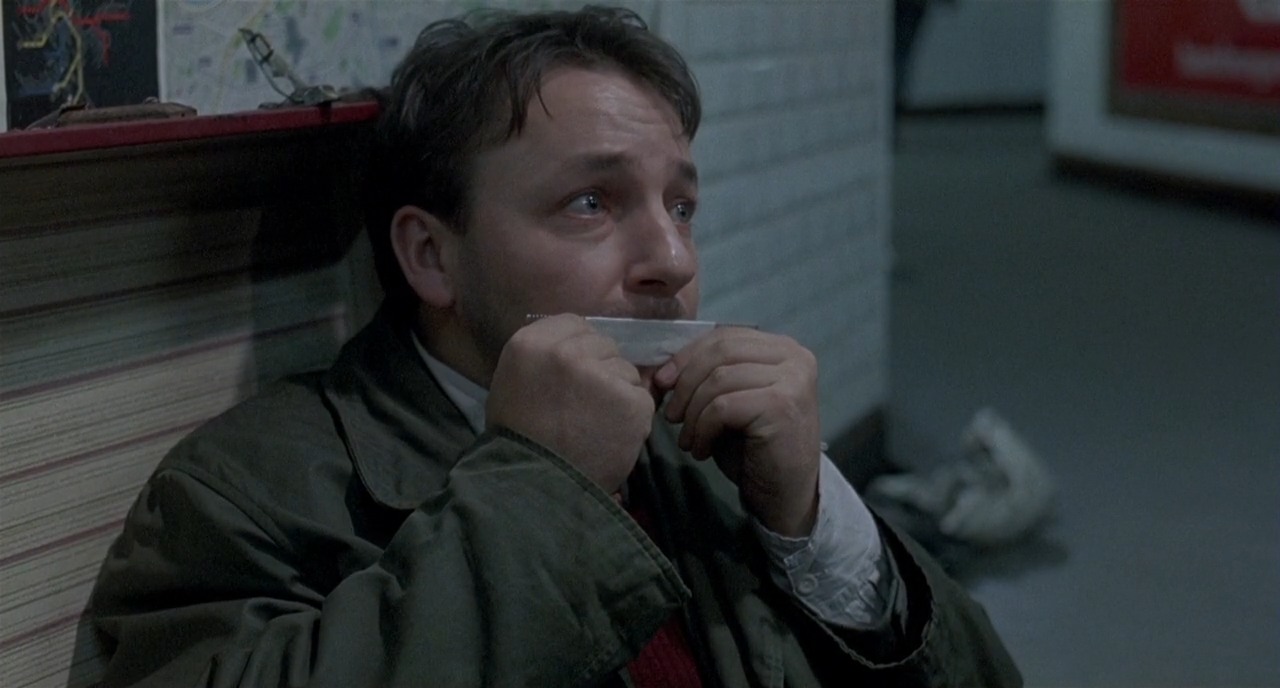 Now homeless and penniless, he takes to playing “music” on a comb in the train station in hopes for a handout. While playing a Polish folk song, he catches the ear of one of his countrymen named Mikolaj. They strike up a conversation about how he got in that situation and Mikolaj offers to pay his way back to Poland, but he cannot leave the country in such a public way because the authorities are still looking for him. So they come up with the plan that he should stow away in the suitcase, and leave behind the alienation and isolation of France. This seems like a strange way for a French financed movie, in a series about the French national colors, on the topic of equality to begin. I wonder if Kieslowski didn’t harbor some feeling of alienation against his adopted country, himself being Polish like the lead character. Mikolaj agrees to this plan and hopes that his new friend can survive the four-hour flight crammed inside a suitcase with a few personal belongings and a stolen bust that reminds him of Dominique, who he still loves.
Now homeless and penniless, he takes to playing “music” on a comb in the train station in hopes for a handout. While playing a Polish folk song, he catches the ear of one of his countrymen named Mikolaj. They strike up a conversation about how he got in that situation and Mikolaj offers to pay his way back to Poland, but he cannot leave the country in such a public way because the authorities are still looking for him. So they come up with the plan that he should stow away in the suitcase, and leave behind the alienation and isolation of France. This seems like a strange way for a French financed movie, in a series about the French national colors, on the topic of equality to begin. I wonder if Kieslowski didn’t harbor some feeling of alienation against his adopted country, himself being Polish like the lead character. Mikolaj agrees to this plan and hopes that his new friend can survive the four-hour flight crammed inside a suitcase with a few personal belongings and a stolen bust that reminds him of Dominique, who he still loves.
 However, once the plane lands in Warsaw, in an unsurprising but hilarious twist, Mikolaj learns that the luggage has gone missing. We then catch up to Karol in a garbage dump outside Warsaw, where some luggage thieves have inadvertently taken him, probably thinking the weight of the bag was a good indicator of the value of its contents. Of course, they try to rob him, but besides the stolen bust (which they break) and two francs which he fights for, he has nothing for them to steal. Perhaps out of pity, they beat him, but do not kill him, and then leave him lying in the snow. Karol struggles to lift his now bloodied face and looks out to see the white snow swept garbage dump and says, “home at last!”
However, once the plane lands in Warsaw, in an unsurprising but hilarious twist, Mikolaj learns that the luggage has gone missing. We then catch up to Karol in a garbage dump outside Warsaw, where some luggage thieves have inadvertently taken him, probably thinking the weight of the bag was a good indicator of the value of its contents. Of course, they try to rob him, but besides the stolen bust (which they break) and two francs which he fights for, he has nothing for them to steal. Perhaps out of pity, they beat him, but do not kill him, and then leave him lying in the snow. Karol struggles to lift his now bloodied face and looks out to see the white snow swept garbage dump and says, “home at last!”
After staying with his brother and working at the family hairdressing salon at which he is extremely popular. Karol decides that if he can’t get Dominique back, then the very least he can do is balance the scales and get back at her. Using his ingenuity and taking advantage of the new free market economy of post-communist Poland, Karol amasses a fortune.  Then with the help of Mikolaj and a trusted employee of his new company, Karol fakes his own death and leaves his fortune to Dominique. When she comes to Warsaw for the funeral, he sneaks into her hotel room and, after the initial shock, they make love, finally consummating their relationship. However, in the morning, Dominique awakes to the police at her hotel room door, but Karol is gone and despite her pleading in French that he is alive, Dominique is arrested for Karol’s murder. At the end, we see Dominique signing to Karol through the window of the prison in which she is being held. She tells him that she still loves him and is willing to marry him again, if she can get out of prison. Karol begins to cry. He has succeeded in achieving equality with his ex-wife, but it is a bittersweet victory. This film is not uplifting like Blue or Red it is a dark comedic tragedy.
Then with the help of Mikolaj and a trusted employee of his new company, Karol fakes his own death and leaves his fortune to Dominique. When she comes to Warsaw for the funeral, he sneaks into her hotel room and, after the initial shock, they make love, finally consummating their relationship. However, in the morning, Dominique awakes to the police at her hotel room door, but Karol is gone and despite her pleading in French that he is alive, Dominique is arrested for Karol’s murder. At the end, we see Dominique signing to Karol through the window of the prison in which she is being held. She tells him that she still loves him and is willing to marry him again, if she can get out of prison. Karol begins to cry. He has succeeded in achieving equality with his ex-wife, but it is a bittersweet victory. This film is not uplifting like Blue or Red it is a dark comedic tragedy.
The idea of resurrection is a strong theme in this film. Karol metaphorically dies in order to leave Paris, throwing away all his diplomas in the train station, and being buried in the suitcase, and he arises in his homeland and begins his life over again as a businessman. In Machiavellian fashion, Karol fakes his own death as a bid to lure Dominique to Warsaw to exact his revenge. Mikolaj is also resurrected. Being suicidal, he pays Karol to shoot him, but since he is his friend, he loads the gun with a blank. After pretending to kill him, Karol warns him, “The next one is real.” Karol gave Mikolaj some perspective and a new lease on life.
 If you remember in Blue, Julie is so absorbed in her own emotions that she doesn’t even notice the old woman and the recycling bin. But she also shows up in White while Karol is shivering on the streets of Paris. Karol notices her but only grins as she tries to put her bottle in the bin. I tend to think that Karol is happy to see someone to whom he finally feels equal. Finally, this is the odd man out of Kieslowski’s trilogy, because it is less artsy and more straight-forward it makes a good introductory film to get into Kieslowski’s work. But even though the ending seems like a hopeless tragedy, the true ending of White is actually revealed at the end of Red, where we see Karol and Dominique have reconciled and are re-married.
If you remember in Blue, Julie is so absorbed in her own emotions that she doesn’t even notice the old woman and the recycling bin. But she also shows up in White while Karol is shivering on the streets of Paris. Karol notices her but only grins as she tries to put her bottle in the bin. I tend to think that Karol is happy to see someone to whom he finally feels equal. Finally, this is the odd man out of Kieslowski’s trilogy, because it is less artsy and more straight-forward it makes a good introductory film to get into Kieslowski’s work. But even though the ending seems like a hopeless tragedy, the true ending of White is actually revealed at the end of Red, where we see Karol and Dominique have reconciled and are re-married.
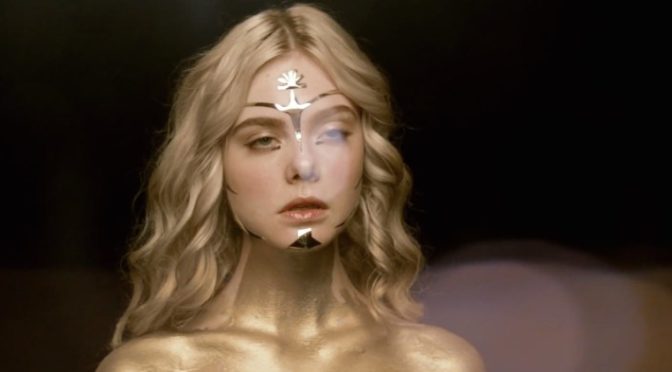

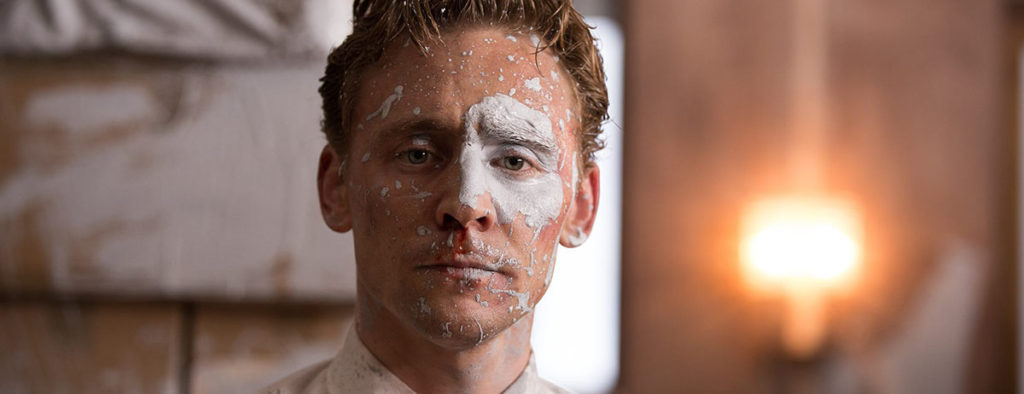
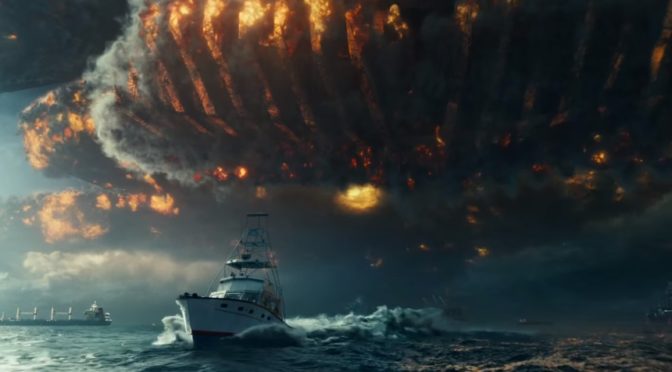

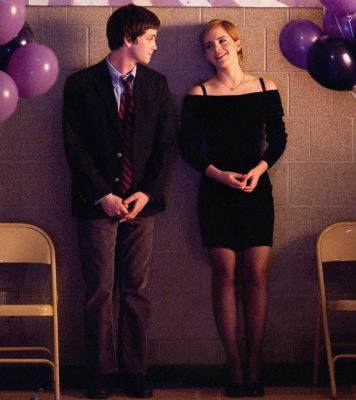
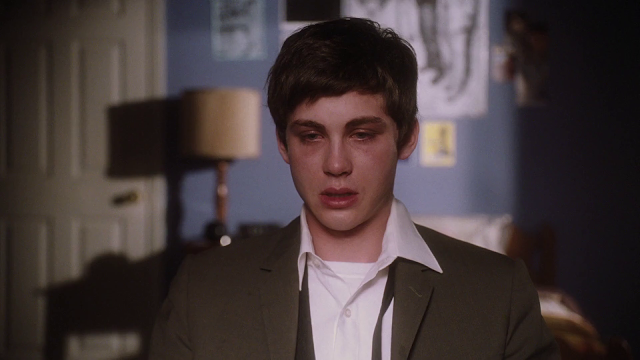
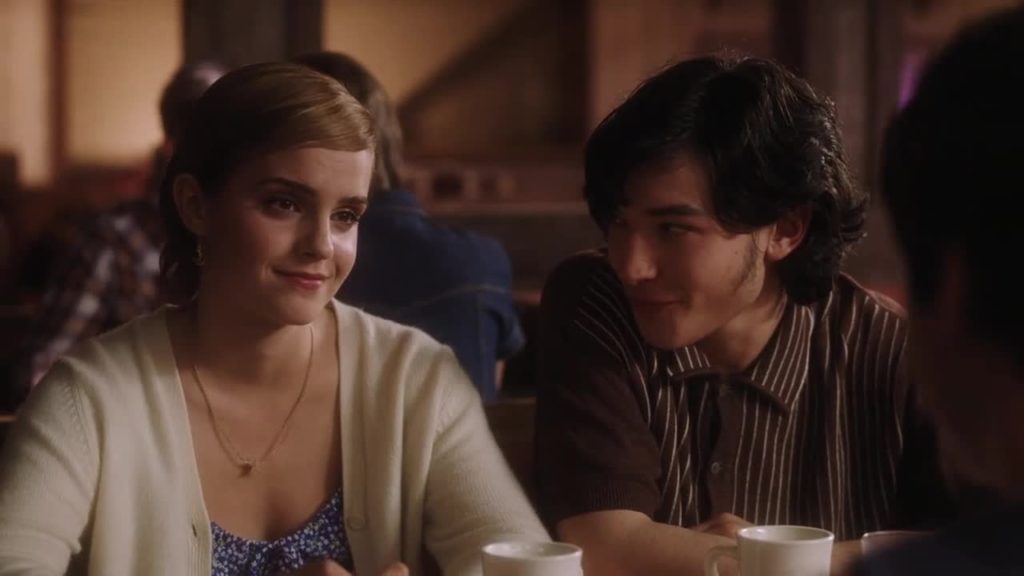

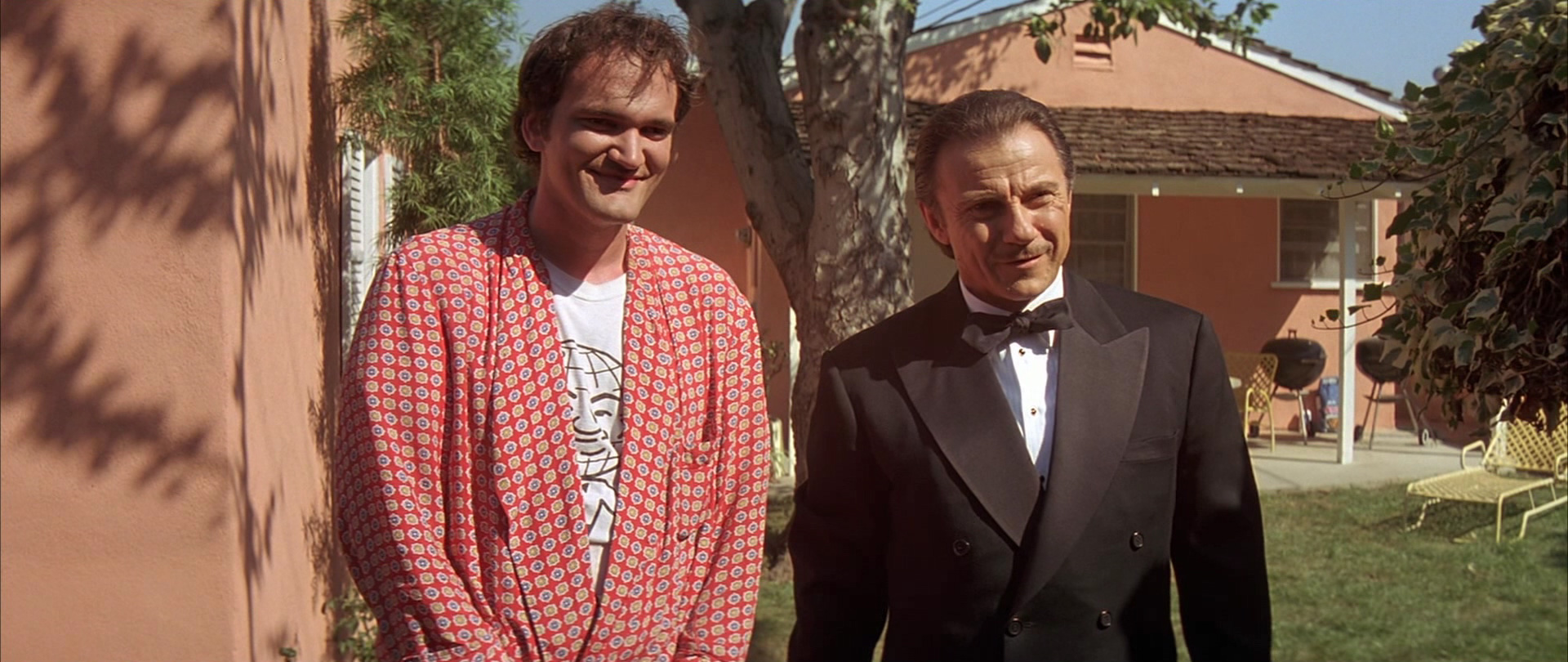
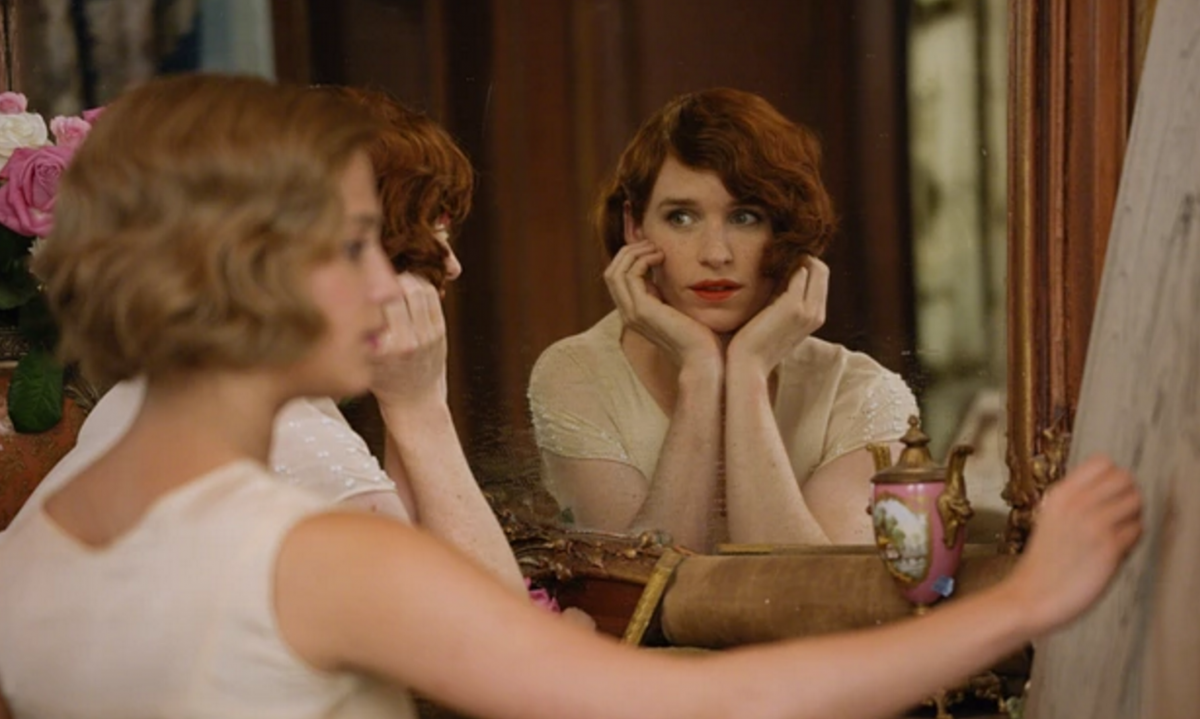






 There is almost too much to say about these three films. In fact, only one film in the trilogy actually made it onto the IMDB Top 250 list, that being the final film, Red. Although these are each excellent as stand-alone works, they are best when seen as a whole. For that reason, I am going to review each of them separately. For the unfamiliar, Polish director Krzysztof Kieslowski’s last work, “Three Colors Trilogy” takes its name from the colors of the French flag and its themes from the ideals represented by those colors: blue (liberty), white (equality), and red (friendship).
There is almost too much to say about these three films. In fact, only one film in the trilogy actually made it onto the IMDB Top 250 list, that being the final film, Red. Although these are each excellent as stand-alone works, they are best when seen as a whole. For that reason, I am going to review each of them separately. For the unfamiliar, Polish director Krzysztof Kieslowski’s last work, “Three Colors Trilogy” takes its name from the colors of the French flag and its themes from the ideals represented by those colors: blue (liberty), white (equality), and red (friendship). White is the second film in Kieslowski’s Trilogy, and it deals with the idea of equality. In my opinion, it may not be the strongest “film” of the three, but it is the one that I enjoyed the most. It maintains a balancing act between comedy and tragedy. The tone and feel of White was different, almost to the point of feeling out of sync, from the entire trilogy. The lead character is male unlike the other two films, even though Julie Delphy technically gets top billing, she only appears in about 15-20 minutes of the film. Polish actor, Zbigniew Zamachowski (Now you know why Delphy’s name was on all the promotional material!), puts in a powerful performance that goes from comedic pantomime to heartbreaking despair. Finally, White is told in a very plain way when you consider the imagery of Blue or the wonder of Red. White is simply less artsy, which is probably why I enjoyed it so much. Sometimes, forcing myself to sit through artsy films is like making my kids eat their vegetables, they don’t really want to do it, but they are good for them. I think most moviegoers could use a good dose of eating their cinematic vegetables and cut back on some of the “junk food,” but that is a post for another day.
White is the second film in Kieslowski’s Trilogy, and it deals with the idea of equality. In my opinion, it may not be the strongest “film” of the three, but it is the one that I enjoyed the most. It maintains a balancing act between comedy and tragedy. The tone and feel of White was different, almost to the point of feeling out of sync, from the entire trilogy. The lead character is male unlike the other two films, even though Julie Delphy technically gets top billing, she only appears in about 15-20 minutes of the film. Polish actor, Zbigniew Zamachowski (Now you know why Delphy’s name was on all the promotional material!), puts in a powerful performance that goes from comedic pantomime to heartbreaking despair. Finally, White is told in a very plain way when you consider the imagery of Blue or the wonder of Red. White is simply less artsy, which is probably why I enjoyed it so much. Sometimes, forcing myself to sit through artsy films is like making my kids eat their vegetables, they don’t really want to do it, but they are good for them. I think most moviegoers could use a good dose of eating their cinematic vegetables and cut back on some of the “junk food,” but that is a post for another day. He is forced, in the courtroom, to use a translator because his French is weak, this only adds to the feeling of his impotence, he can barely even stand up for himself. She testifies that she no longer loves him, and he pleads with her to come back to Poland with him. But after we see Juliette Binoche poke her head in the courtroom (a tie-in from Blue). The divorce is granted, and Karol is on the streets with all his possessions in a big suitcase. His bank account is frozen and Karol can do nothing but watch as a bank employee cuts up his card. And as if that weren’t enough, she also frames him for arson. Unfortunately, there is no background given to Dominique’s character to reveal why she has such hatred for Karol. We see images of her smiling face at their wedding, but besides that, she is merely painted as an evil character.
He is forced, in the courtroom, to use a translator because his French is weak, this only adds to the feeling of his impotence, he can barely even stand up for himself. She testifies that she no longer loves him, and he pleads with her to come back to Poland with him. But after we see Juliette Binoche poke her head in the courtroom (a tie-in from Blue). The divorce is granted, and Karol is on the streets with all his possessions in a big suitcase. His bank account is frozen and Karol can do nothing but watch as a bank employee cuts up his card. And as if that weren’t enough, she also frames him for arson. Unfortunately, there is no background given to Dominique’s character to reveal why she has such hatred for Karol. We see images of her smiling face at their wedding, but besides that, she is merely painted as an evil character. Now homeless and penniless, he takes to playing “music” on a comb in the train station in hopes for a handout. While playing a Polish folk song, he catches the ear of one of his countrymen named Mikolaj. They strike up a conversation about how he got in that situation and Mikolaj offers to pay his way back to Poland, but he cannot leave the country in such a public way because the authorities are still looking for him. So they come up with the plan that he should stow away in the suitcase, and leave behind the alienation and isolation of France. This seems like a strange way for a French financed movie, in a series about the French national colors, on the topic of equality to begin. I wonder if Kieslowski didn’t harbor some feeling of alienation against his adopted country, himself being Polish like the lead character. Mikolaj agrees to this plan and hopes that his new friend can survive the four-hour flight crammed inside a suitcase with a few personal belongings and a stolen bust that reminds him of Dominique, who he still loves.
Now homeless and penniless, he takes to playing “music” on a comb in the train station in hopes for a handout. While playing a Polish folk song, he catches the ear of one of his countrymen named Mikolaj. They strike up a conversation about how he got in that situation and Mikolaj offers to pay his way back to Poland, but he cannot leave the country in such a public way because the authorities are still looking for him. So they come up with the plan that he should stow away in the suitcase, and leave behind the alienation and isolation of France. This seems like a strange way for a French financed movie, in a series about the French national colors, on the topic of equality to begin. I wonder if Kieslowski didn’t harbor some feeling of alienation against his adopted country, himself being Polish like the lead character. Mikolaj agrees to this plan and hopes that his new friend can survive the four-hour flight crammed inside a suitcase with a few personal belongings and a stolen bust that reminds him of Dominique, who he still loves. However, once the plane lands in Warsaw, in an unsurprising but hilarious twist, Mikolaj learns that the luggage has gone missing. We then catch up to Karol in a garbage dump outside Warsaw, where some luggage thieves have inadvertently taken him, probably thinking the weight of the bag was a good indicator of the value of its contents. Of course, they try to rob him, but besides the stolen bust (which they break) and two francs which he fights for, he has nothing for them to steal. Perhaps out of pity, they beat him, but do not kill him, and then leave him lying in the snow. Karol struggles to lift his now bloodied face and looks out to see the white snow swept garbage dump and says, “home at last!”
However, once the plane lands in Warsaw, in an unsurprising but hilarious twist, Mikolaj learns that the luggage has gone missing. We then catch up to Karol in a garbage dump outside Warsaw, where some luggage thieves have inadvertently taken him, probably thinking the weight of the bag was a good indicator of the value of its contents. Of course, they try to rob him, but besides the stolen bust (which they break) and two francs which he fights for, he has nothing for them to steal. Perhaps out of pity, they beat him, but do not kill him, and then leave him lying in the snow. Karol struggles to lift his now bloodied face and looks out to see the white snow swept garbage dump and says, “home at last!” Then with the help of Mikolaj and a trusted employee of his new company, Karol fakes his own death and leaves his fortune to Dominique. When she comes to Warsaw for the funeral, he sneaks into her hotel room and, after the initial shock, they make love, finally consummating their relationship. However, in the morning, Dominique awakes to the police at her hotel room door, but Karol is gone and despite her pleading in French that he is alive, Dominique is arrested for Karol’s murder. At the end, we see Dominique signing to Karol through the window of the prison in which she is being held. She tells him that she still loves him and is willing to marry him again, if she can get out of prison. Karol begins to cry. He has succeeded in achieving equality with his ex-wife, but it is a bittersweet victory. This film is not uplifting like Blue or Red it is a dark comedic tragedy.
Then with the help of Mikolaj and a trusted employee of his new company, Karol fakes his own death and leaves his fortune to Dominique. When she comes to Warsaw for the funeral, he sneaks into her hotel room and, after the initial shock, they make love, finally consummating their relationship. However, in the morning, Dominique awakes to the police at her hotel room door, but Karol is gone and despite her pleading in French that he is alive, Dominique is arrested for Karol’s murder. At the end, we see Dominique signing to Karol through the window of the prison in which she is being held. She tells him that she still loves him and is willing to marry him again, if she can get out of prison. Karol begins to cry. He has succeeded in achieving equality with his ex-wife, but it is a bittersweet victory. This film is not uplifting like Blue or Red it is a dark comedic tragedy. If you remember in Blue, Julie is so absorbed in her own emotions that she doesn’t even notice the old woman and the recycling bin. But she also shows up in White while Karol is shivering on the streets of Paris. Karol notices her but only grins as she tries to put her bottle in the bin. I tend to think that Karol is happy to see someone to whom he finally feels equal. Finally, this is the odd man out of Kieslowski’s trilogy, because it is less artsy and more straight-forward it makes a good introductory film to get into Kieslowski’s work. But even though the ending seems like a hopeless tragedy, the true ending of White is actually revealed at the end of Red, where we see Karol and Dominique have reconciled and are re-married.
If you remember in Blue, Julie is so absorbed in her own emotions that she doesn’t even notice the old woman and the recycling bin. But she also shows up in White while Karol is shivering on the streets of Paris. Karol notices her but only grins as she tries to put her bottle in the bin. I tend to think that Karol is happy to see someone to whom he finally feels equal. Finally, this is the odd man out of Kieslowski’s trilogy, because it is less artsy and more straight-forward it makes a good introductory film to get into Kieslowski’s work. But even though the ending seems like a hopeless tragedy, the true ending of White is actually revealed at the end of Red, where we see Karol and Dominique have reconciled and are re-married. Blue, the first of the trilogy, takes place in Paris. It stars
Blue, the first of the trilogy, takes place in Paris. It stars  Because of its name, Blue, you can’t help but look for that color in the film’s carefully crafted images. With his expert usage of color, Kieslowski has forced the audience to pay attention to the slow-moving story that is unraveling on the screen. The most noticeable visual technique would be the odd fade-out/fade-ins that occur four times in the film. At each of the four points, Julie is at a crossroads, having to decide whether to push back the memories of her life before the accident, or to acknowledge them.
Because of its name, Blue, you can’t help but look for that color in the film’s carefully crafted images. With his expert usage of color, Kieslowski has forced the audience to pay attention to the slow-moving story that is unraveling on the screen. The most noticeable visual technique would be the odd fade-out/fade-ins that occur four times in the film. At each of the four points, Julie is at a crossroads, having to decide whether to push back the memories of her life before the accident, or to acknowledge them. At one point, she immerses herself completely and stays underwater for as long as possible. But soon, she has to come up for air. In the same way, Julie can’t help but re-establish the connections with her past, and like the continent upon which she resides, she shifts from a state of liberty into a state of union. She gives the family home to her husband’s mistress’, completes her husband’s unfinished composition, and even builds a relationship with Olivier.
At one point, she immerses herself completely and stays underwater for as long as possible. But soon, she has to come up for air. In the same way, Julie can’t help but re-establish the connections with her past, and like the continent upon which she resides, she shifts from a state of liberty into a state of union. She gives the family home to her husband’s mistress’, completes her husband’s unfinished composition, and even builds a relationship with Olivier.